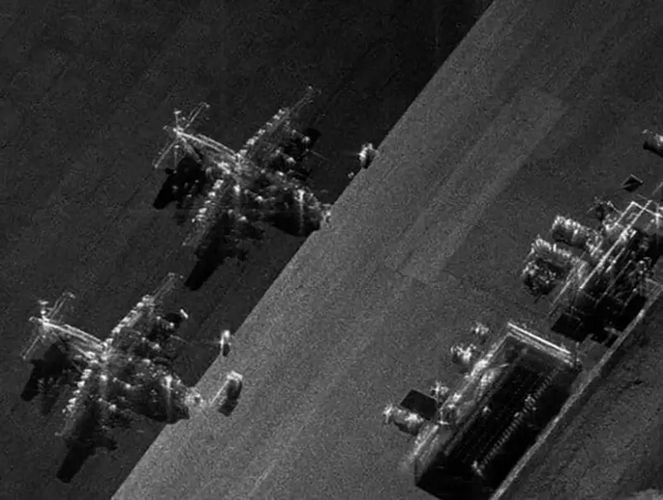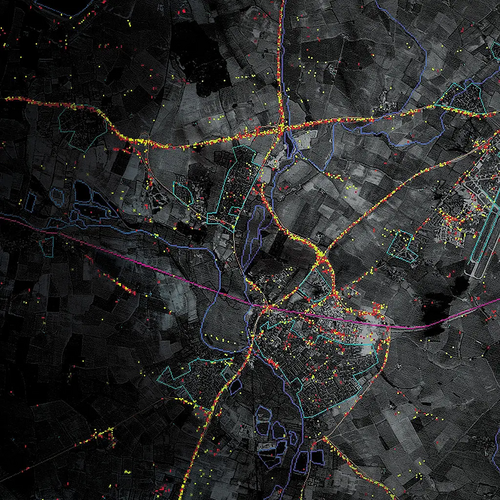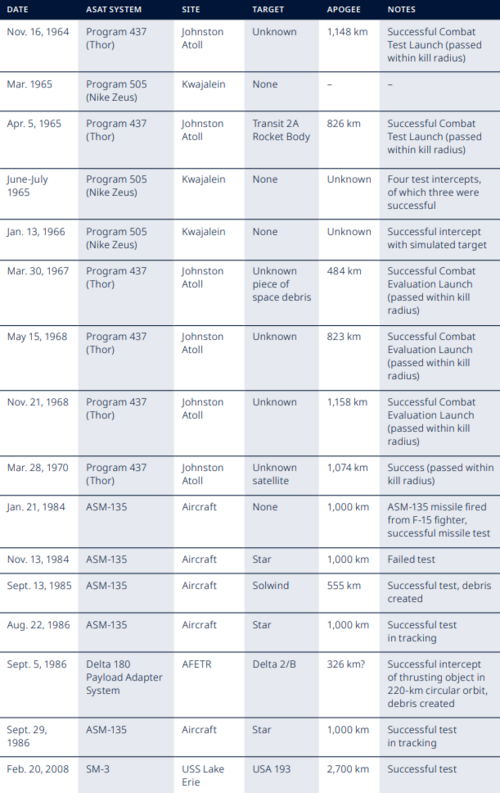Forest Green
ACCESS: Above Top Secret
- Joined
- 11 June 2019
- Messages
- 9,458
- Reaction score
- 17,267

Space Force Seeks New Partners for $986 Million OSP-4 Launch Services Contract
Los Angeles CA (SPX) Mar 18, 2024 - The U.S. Space Force, through its Small Launch and Targets Division located at Kirtland Air Force Base in Albuquerque, New Mexico, has officially issued a call for additional service providers to jo
www.spacewar.com

























